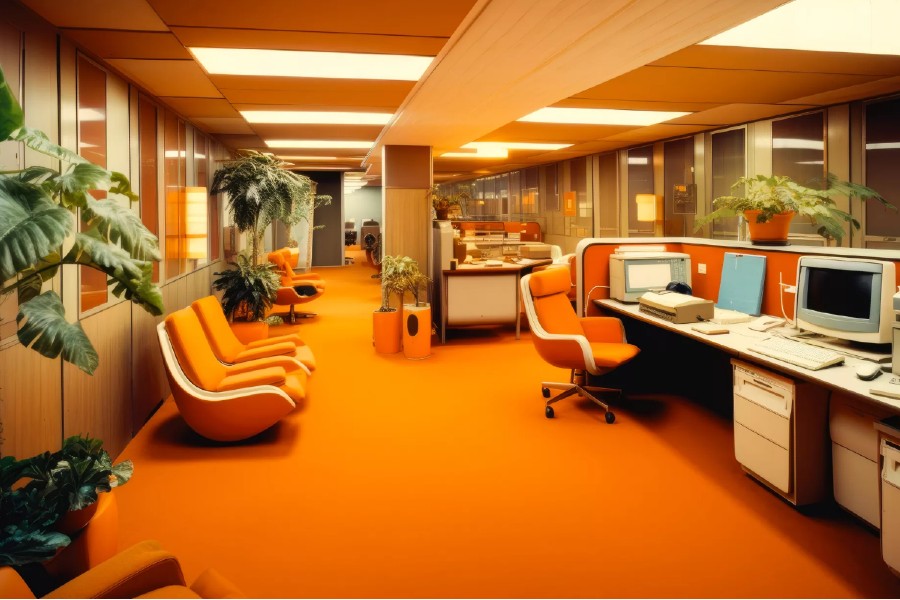
All homeowners have a couple of things in common, and one of them is the need to have a low electricity bill.
The bill can vary from one homeowner to another depending on factors such as equipment and appliances one has and the steps one might take to minimize energy spending. One of the areas you can cut back on spending energy is home lighting. For example, installing a flush mount LED light can have several benefits, including energy efficiency, low electricity usage, and so much more. Let’s look at some of the lighting choices you can make to lower your electricity bill.
1. LEDs
Led lights come in different forms, such as lamps, bulbs, and light strips, and offer various colors, such as different shades of white or RGB. The main upside to using LED lights is that they reduce your electricity bill due to their efficiency, and the bulbs rarely short out, meaning they last longer and don’t need regular replacement. Some LEDs even have features like motion and daylight sensors that turn them on only when someone walks into the room. Others are dimmable and consume less power the more you dim them.
2. Energy-Efficient Bulbs
Apart from LEDs, other bulbs that can consume a low amount of energy include halogen incandescent bulbs and compact fluorescent lights (CFLs). CFLs use 75 percent less energy and are great for lighting hallways. Compared to traditional bulbs, they can last a few years. They are also a comfortable and safer option because they produce less heat.
Halogen bulbs produce better lighting results and help you save money while protecting the environment at the same time. They are ideal for task lighting because they generate a brighter, whiter light than traditional bulbs.
3. Solar Panels
Installing solar power systems can save you money since they reduce or eliminate your electricity bills and require minimal maintenance. Solar power also reduces your carbon footprint and slows the harmful effects of global warming and climate change. The more powerful your solar system is, the more money it can save you. A bigger system can produce enough electricity to power the entire household and have energy to spare. In some areas, you can sell the surplus energy to the power company.
4. Natural Lighting
Natural light is a great way to save energy. During the day using natural light to minimize the need for artificial light helps to reduce electricity and heating costs. Good daylighting solutions go hand in hand with a well-integrated house design approach. There are a few ways to increase natural light in your home like opening the blinds and rearranging your furniture so that the area near the window is clear. Also, light-colored walls and ceilings can brighten up a room as they reflect more light.
5. Task Lighting
Task lighting involves illuminating a particular task or area, for example, using a bedside lamp to read a book. Desk lights, flashlights, and lamps minimize the energy required to light the room by focusing the light where you need it, which, in turn, reduces electricity costs.
6. Automated Lighting
Home automation systems can help lower lighting energy consumption. Other benefits of automation systems include convenience. Outdoor and indoor lighting can be automated to switch off when not in use. It can also be programmed to dim when you want to set a specific mood, either in the living room or bedroom. All these measures mean less energy consumption and lower electricity costs.
In Conclusion
The type of lighting option you install in your home can help reduce energy consumption and save money. When determining the best choice of lighting, be sure to consider factors such as the building design and the size of your home or building.
Photo credit: HWM.
Become a Harlem Insider!
By submitting this form, you are consenting to receive marketing emails from: . You can revoke your consent to receive emails at any time by using the SafeUnsubscribe® link, found at the bottom of every email. Emails are serviced by Constant Contact








